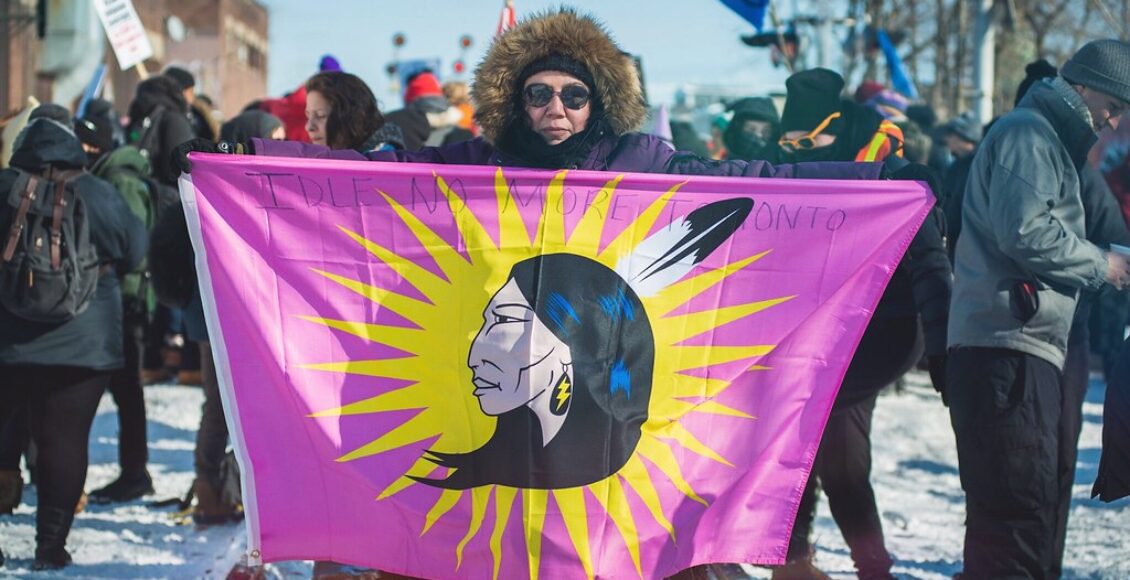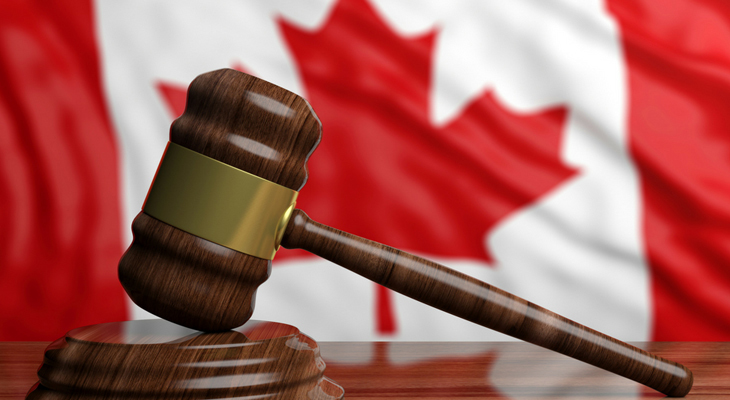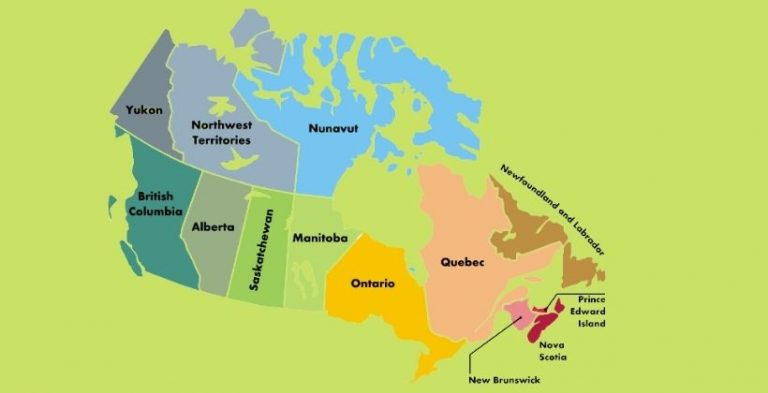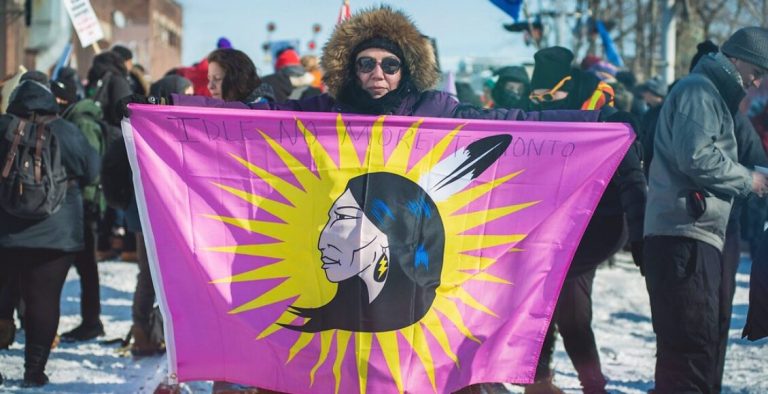
If you’re searching how Canada handles Indigenous relations, this article gives a clear, up-to-date (2025) picture of the federal and provincial approach: legal frameworks, recent policy changes, funding programs, and how reconciliation and Indigenous self-determination are being implemented in practice. Canada’s approach is complex and evolving — it mixes legislation (including UNDRIP implementation and the Indigenous Languages Act), targeted programs like Jordan’s Principle, settlement agreements, and provincial experiments in shared decision-making. Below you’ll find the facts, what’s changed recently, and where to go for authoritative updates.
The legal and policy framework: UNDRIP and federal action plans
A major driver of how Canada handles Indigenous relations in recent years is the United Nations Declaration on the Rights of Indigenous Peoples (UNDRIP). Canada passed domestic legislation to support UNDRIP and released an action plan to guide implementation across federal departments. The federal government now publishes annual progress reports describing achievements and remaining challenges, reflecting input from dozens of First Nations, Inuit and Métis partners. This is not a finished project — implementation continues to be incremental and negotiated with Indigenous governments and organizations. (Ministère de la Justice)
Key federal laws and initiatives (2021–2025)
Several legal and programmatic changes have shaped how Canada handles Indigenous relations recently:
- UNDRIP implementation & action planning: The Justice Department and Crown-Indigenous Relations have published statutory reports and action plans outlining how federal law and policy will align with UNDRIP principles. These reports document steps taken and identify gaps that remain to be addressed. (Ministère de la Justice)
- Indigenous Languages Act & funding: The Indigenous Languages Act recognizes the importance of Indigenous languages and creates pathways and funding to support reclamation and revitalization. Federal programs under Canadian Heritage and bilateral agreements with Indigenous groups provide targeted language funding and supports. (Government of Canada)
- Jordan’s Principle and child/well-being investments: Jordan’s Principle — the child-first policy to ensure First Nations children get needed services without delay — has continued to receive federal investment and reporting; Canada has continued multi-year funding commitments to meet requests through the program. (Open Government Portal)
These instruments show that Canada’s approach mixes rights-based commitments with targeted program funding — but implementation depends heavily on negotiated agreements and departmental follow-through.
The Truth and Reconciliation Commission (TRC) — progress and gaps
The TRC’s 94 Calls to Action remain a central yardstick for measuring how Canada handles Indigenous relations. Federal departments publish progress pages tracking responses to the Calls, but Indigenous organizations have repeatedly urged faster, more concrete action. Independent progress reports (e.g., from the Assembly of First Nations) have noted some advances yet concluded that most Calls still require substantial work and sustained political will. In short: there is movement, but many communities and advocates argue progress is too slow. (Crown-Indigenous Relations Canada)
Provincial approaches and local innovations
Provinces and territories are often the place where policy meets people — and some jurisdictions have pursued distinctive approaches to Indigenous relations. For example, British Columbia has been widely noted for embedding UNDRIP concepts into provincial law and negotiating government-to-government agreements with many First Nations to share decision-making over land and resources. Other provinces have taken steps such as recognizing Indigenous languages in legislatures or signing regional agreements that advance co-governance. These provincial innovations show diversity in how Canada handles Indigenous relations on the ground. (The Guardian)
Land claims, settlements and self-government
A core element of modern Indigenous relations in Canada is negotiated settlements: modern treaties, land-claims agreements, and self-government accords. These negotiated settlements transfer defined authorities, land rights, and financial arrangements to Indigenous governments and are one of the main mechanisms by which Indigenous nations exercise jurisdiction and manage resources. Canada continues to negotiate and implement such agreements with different nations across the country — each agreement reflects its own history, scope, and timetable. (Crown-Indigenous Relations Canada)
Practical results: services, funding and accountability
When citizens ask how Canada handles Indigenous relations they often mean: do Indigenous peoples get equivalent services and rights? In practice:
- Many federal programs (health, education, housing, child and family services) – reformed or incrementally increased to close gaps, but disparities persist.
- Programs like Jordan’s Principle address urgent service gaps for children; implementation and audits are part of the accountability picture. (Open Government Portal)
- Federal-provincial-Indigenous tripartite agreements and bilateral funding agreements are used to deliver services and transfer capacity to Indigenous governments.
Remaining challenges and debates
Major challenges shape public debates about how Canada handles Indigenous relations:
- Speed and scale of implementation: Many Indigenous leaders argue change is too slow relative to the urgency of TRC recommendations and human-rights expectations. (AFN Brand Portal)
- Jurisdiction and control: Questions remain about how far federal and provincial governments will cede decision-making to Indigenous governments — and how to reconcile existing statutes with UNDRIP obligations. (Ministère de la Justice)
- Funding stability and capacity: Long-term, predictable funding and the capacity to administer programs locally are frequent sticking points. Bilateral funding and capacity-building agreements are part of the solution but require monitoring. (Government of Canada)
How you can follow developments and verify information
If you want to track how Canada handles Indigenous relations:
- Check federal sources: Crown-Indigenous Relations and Justice Canada publish statutory reports and UNDRIP progress updates. (Ministère de la Justice)
- Follow Indigenous organizations: Assembly of First Nations, Inuit Tapiriit Kanatami, Métis National Council, and regional First Nations organizations publish analysis and progress reports. (AFN Brand Portal)
- Watch provincial initiatives and local agreements — provincial government sites and legislative records show regional approaches (e.g., BC’s UNDRIP-based work). (The Guardian)
Final takeaway
How Canada handles Indigenous relations in 2025 is a story of evolving laws, targeted programs, and negotiated agreements. Canada has enacted legal frameworks (UNDRIP implementation efforts, Indigenous Languages Act) and funded targeted programs (Jordan’s Principle, language funding). But implementation is ongoing, contested, and uneven across jurisdictions. For reliable, current details, read federal progress reports, consult Indigenous organizations’ assessments. And follow provincial agreements where they often negotiate and enact real-world changes. (Ministère de la Justice)
Follow TNN for more CANADA NEWS TODAY!



